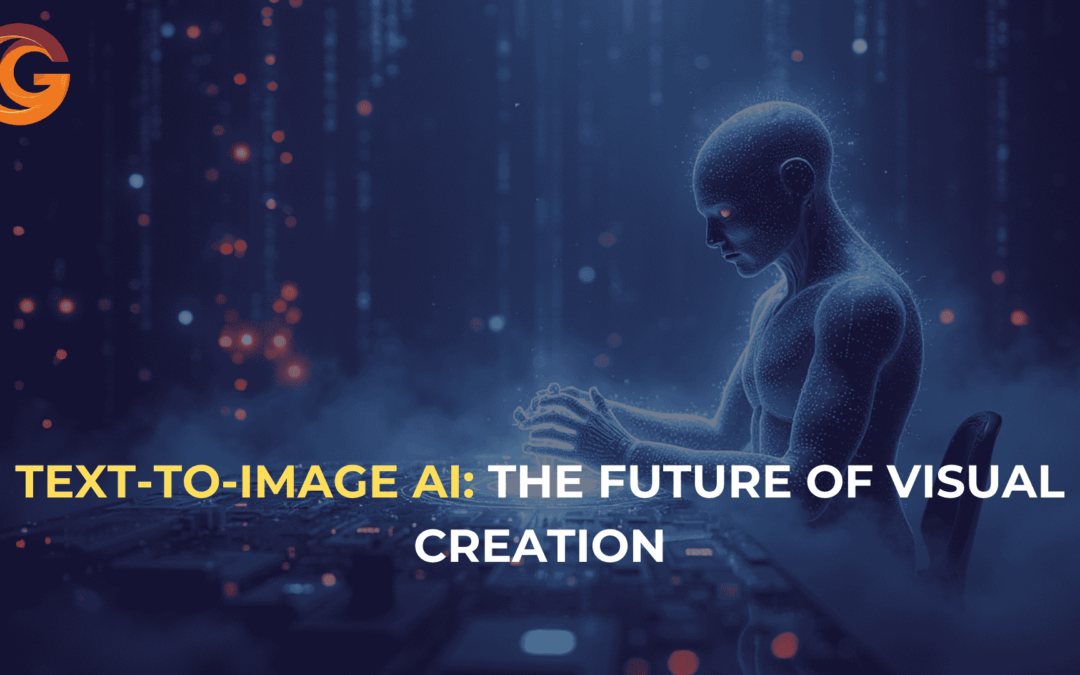Introduction
In the rapidly evolving landscape of artificial intelligence, text-to-image AI has emerged as a groundbreaking technology that’s revolutionizing the way we create and conceptualize visual content. This innovative approach allows users to generate images simply by describing them in words, bridging the gap between language and visual art in ways previously unimaginable.
How Text-to-Image AI Works
Text-to-image AI systems are built on complex neural networks, typically using a combination of natural language processing (NLP) and computer vision techniques. These systems are trained on vast datasets of image-text pairs, learning to associate textual descriptions with visual elements.
The process generally involves three main steps:
- Text Encoding: The input text is processed and encoded into a format the AI can understand.
- Image Generation: Based on the encoded text, the AI generates an image.
- Refinement: The generated image is refined to better match the input description.
Key Players in the Text-to-Image AI Field
Several prominent models and platforms have emerged in recent years:
DALL-E 2 (OpenAI)
- Released: 2022
- Key Feature: Highly detailed and contextually accurate images
Midjourney
- Released: 2022
- Key Feature: Artistic and stylized outputs
Stable Diffusion (Stability AI)
- Released: 2022
- Key Feature: Open-source model with broad applications
- Imagen (Google)
- Announced: 2022
- Key Feature: High fidelity and strong language understanding
- Craiyon (Formerly DALL-E mini)
- Released: 2022
- Key Feature: Publicly accessible, albeit with lower quality outputs
Applications of Text-to-Image AI
The potential applications of this technology are vast and diverse:
- Art and Design: Creating concept art, illustrations, and graphic designs.
- Marketing and Advertising: Generating product mockups and campaign visuals.
- Entertainment: Producing storyboards for films and animations.
- Education: Illustrating complex concepts for better understanding.
- Architecture and Interior Design: Visualizing spaces and structures.
- Fashion: Designing new clothing and accessories.
- Game Development: Creating assets and environments.
Ethical Considerations and Challenges
While text-to-image AI offers exciting possibilities, it also raises important ethical questions:
- Copyright and Ownership: Who owns the rights to AI-generated images?
- Bias and Representation: How can we ensure diverse and fair representation in generated images?
- Misinformation: The potential for creating convincing false images.
- Artist Displacement: Concerns about AI replacing human artists.
- Data Privacy: The use of copyrighted images in training datasets.
The Future of Text-to-Image AI
As the technology continues to advance, we can expect:
- Improved Quality: Even more realistic and detailed outputs.
- Greater Control: More precise user control over generated images.
- Video Generation: Extension of the technology to create videos from text.
- Integration with Other Technologies: Combining with AR/VR for immersive experiences.
- Personalization: AI models tailored to individual user styles and preferences.
Conclusion
Text-to-image AI represents a significant leap forward in the field of artificial intelligence and creative technologies. As it continues to evolve, it promises to democratize visual creation, offering new tools for artists, designers, and creators across various industries. However, as with any powerful technology, it’s crucial to approach its development and use thoughtfully, addressing ethical concerns and striving for responsible innovation.
Database of Text-to-Image AI Models
| Model Name | Developer | Release Year | Key Features | Accessibility |
|---|---|---|---|---|
| DALL-E 2 | OpenAI | 2022 | High detail, contextual accuracy | Limited public access |
| Midjourney | Midjourney | 2022 | Artistic style, community-focused | Subscription-based |
| Stable Diffusion | Stability AI | 2022 | Open-source, customizable | Freely available |
| Imagen | 2022 | High fidelity, strong language understanding | Not publicly available | |
| Craiyon | Boris Dayma et al. | 2022 | Publicly accessible, lower quality | Free web-based |
| Parti | 2022 | Scalable, high-quality outputs | Not publicly available | |
| Make-A-Scene | Meta | 2022 | User control through sketches | Limited release |
| DreamStudio | Stability AI | 2022 | User-friendly interface for Stable Diffusion | Freemium model |
| NightCafe Creator | NightCafe Studio | 2019 | Multiple AI art styles | Freemium model |
| Artbreeder | Joel Simon | 2018 | Image mixing and evolution | Free with paid features |
This database provides a quick reference for some of the most notable text-to-image AI models, their developers, release years, key features, and accessibility. It’s important to note that the field is rapidly evolving, with new models and updates being released regularly.

